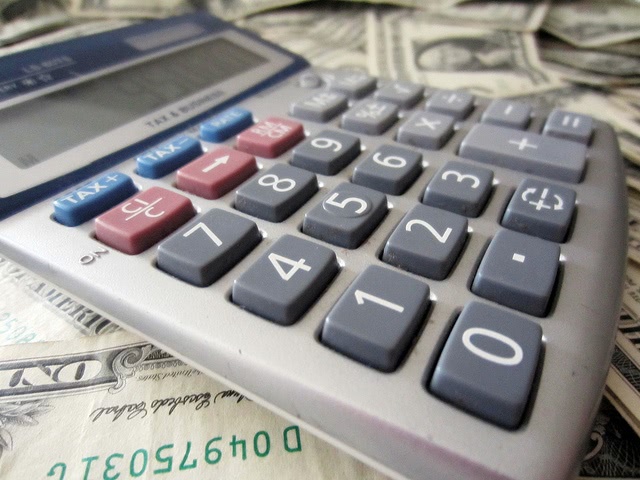
Flickr user Kyle Murphy
If you took out student loans, you know that you have deal with interest rates. Interest rates have a big affect on the overall cost of your student loan. But how the interest rates are calculated for each type of student loan? We outline the answers below:
How Federal Loan Interest Rates are Calculated
The federal government sets the interest rates and terms and conditions on federal student loans. This also includes Parent PLUS loans, so if you are a parent of a student who took out loans to help your child, this applies to you as well.
The government uses a calculation that takes into account the 10-year Treasury note plus a percentage. Federal loan interest rates are usually set in spring before the new academic year starts. Once the interest rate is set for the year, it applies to all student borrowers and the rate remains unchanged for that entire academic year.
How Private Loan Interest Rates are Calculated
Interest rates on private student loans are not linked to rates on federal loans. Private lenders calculate interest rates very differently. Every lender uses their own criteria for determining a range of interest rates for the year. When you apply for a private loan, the rate you are offered will depend on your creditworthiness and a few other factors indicating your financial standing.
Having a good credit history shows that you’re a reliable borrower and may qualify you for a lower rate. If you don’t have a strong credit history, most lenders will quote a higher rate to cover their risk. In this case, the only way to get a better rate is by having a cosigner with an established history. Of course, only ask a trusted adult to cosign a loan with you, and make sure that they’re comfortable doing it. Cosigning puts a lot of responsibility on your cosigner and can impact their credit score as well.
Student Loan Interest Calculator
Private loans also offer two different types of rates—variable and fixed. Variable rates will fluctuate throughout the year but have the chance to be lower. Fixed rates remain the same throughout the year, offering stability and consistency.
Both have their pros and cons. Variable rates are essentially a gamble, but if you have a small loan or you know you can pay it off quickly, you may want to go with variable rates. Fixed rates have that stability and your interest rate can be lower than the variable rate. However, you could also have a higher interest rate compared to the variable rate depending on what the variable rate is at that moment. If you have a large loan or know it will take you a while to pay off your loan, you may want to consider a fixed rate. However, taking out private loans should be your last option if your financial aid and federal loans can’t cover all your college costs.
Do you want to apply for a lower student loan interest rate? Find out how!






